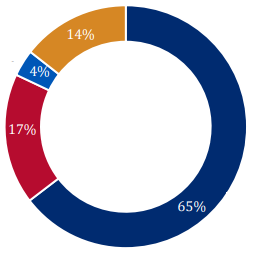Discriminatory hiring requests: Only training can change the paradigm
Asking your staffing provider to use discriminatory hiring practices can land both firms in hot water, as can unconscious biases. Be sure your program stakeholders are on the same educated page to ensure a fair and inclusive process.










